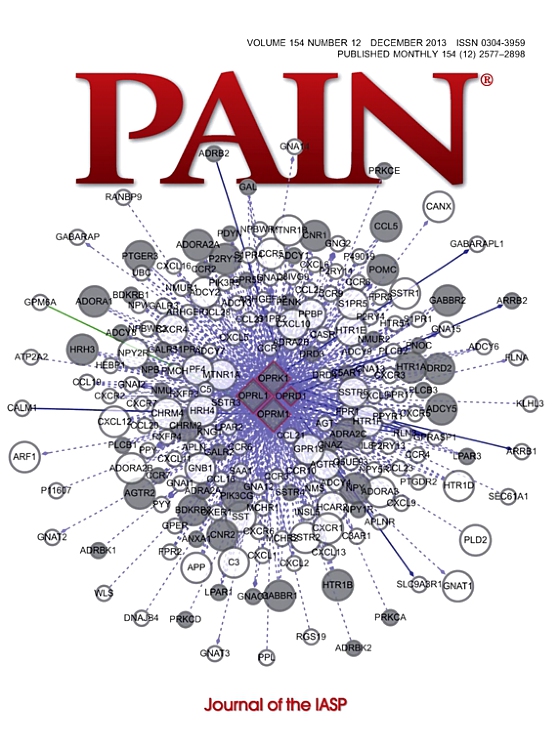骨折:骨折后急性和慢性疼痛的机制和评估。
IF 5.9
1区 医学
Q1 ANESTHESIOLOGY
引用次数: 0
摘要
疼痛是骨折的主要指标之一,在指导康复方面具有功能和实际作用。然而,骨折疼痛可能在骨折本身临床愈合后仍持续很长时间。导致骨折后急性疼痛的神经和分子机制,以及这些机制如何在病理上被篡夺,使患者陷入持续的、衰弱的、通常难以治疗的慢性疼痛,目前尚不清楚。本综述的目的是深入了解骨折后疼痛持续的危险因素,回顾骨折疼痛的生理和病理生理机制,并批判性地评价有关骨折疼痛评估技术/模型的文献。综上所述,本文所涵盖的概念将为支持开发更有效的治疗方法以更好地减轻骨折后疼痛提供坚实的基础。本文章由计算机程序翻译,如有差异,请以英文原文为准。
A bad break: mechanisms and assessment of acute and chronic pain after bone fracture.
Pain is one of the primary indicators of a bone fracture and serves both a functional and practical role in guiding recovery. However, fracture pain can persist long after the fracture itself has clinically healed. The neural and molecular mechanisms that drive acute pain postfracture, and how these mechanisms are pathologically usurped to trap patients into persistent, debilitating, and often difficult to treat, chronic pain, are not well understood. The aim of this review is to provide insight into the risk factors for pain persistence after fracture, review the physiological and pathophysiological mechanisms of fracture pain, and critically evaluate the literature around fracture pain assessment techniques/models. Taken together, the concepts covered herein will provide a strong foundation to support the development of more effective treatments to better alleviate postfracture pain.
求助全文
通过发布文献求助,成功后即可免费获取论文全文。
去求助
来源期刊

PAIN®
医学-临床神经学
CiteScore
12.50
自引率
8.10%
发文量
242
审稿时长
9 months
期刊介绍:
PAIN® is the official publication of the International Association for the Study of Pain and publishes original research on the nature,mechanisms and treatment of pain.PAIN® provides a forum for the dissemination of research in the basic and clinical sciences of multidisciplinary interest.
 求助内容:
求助内容: 应助结果提醒方式:
应助结果提醒方式:


